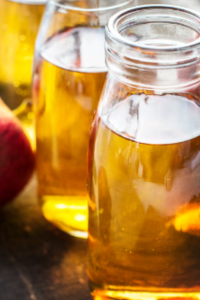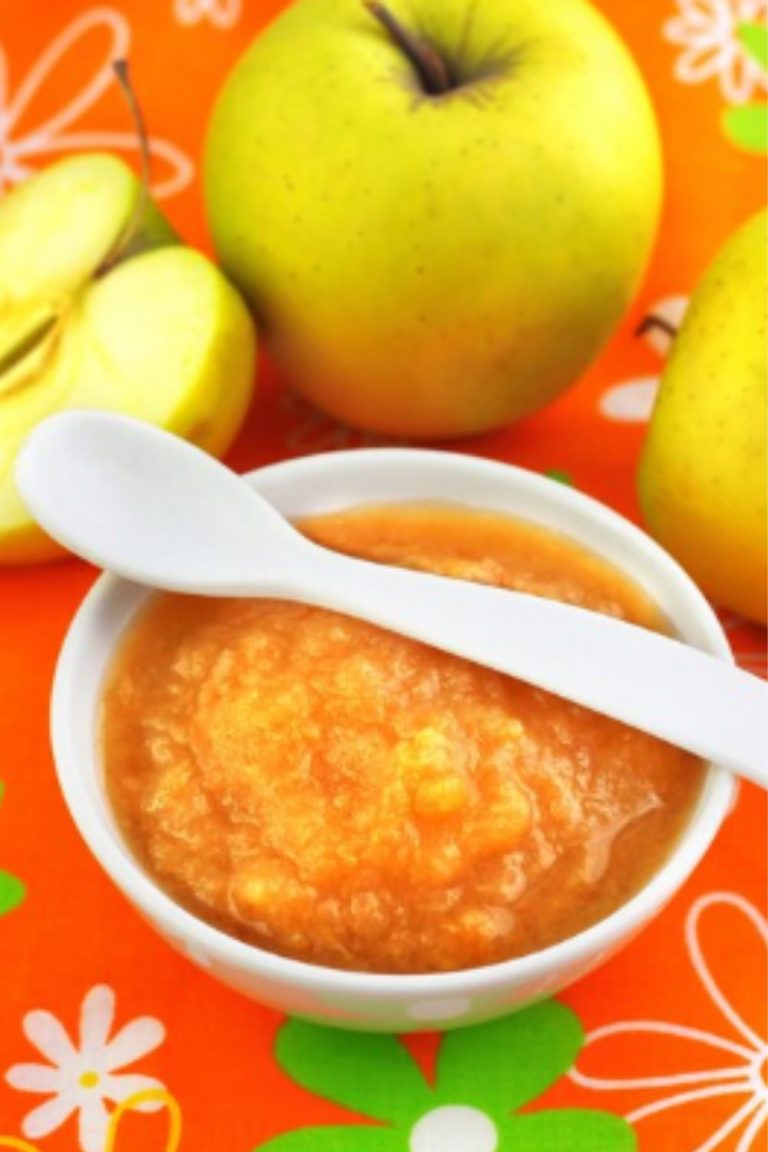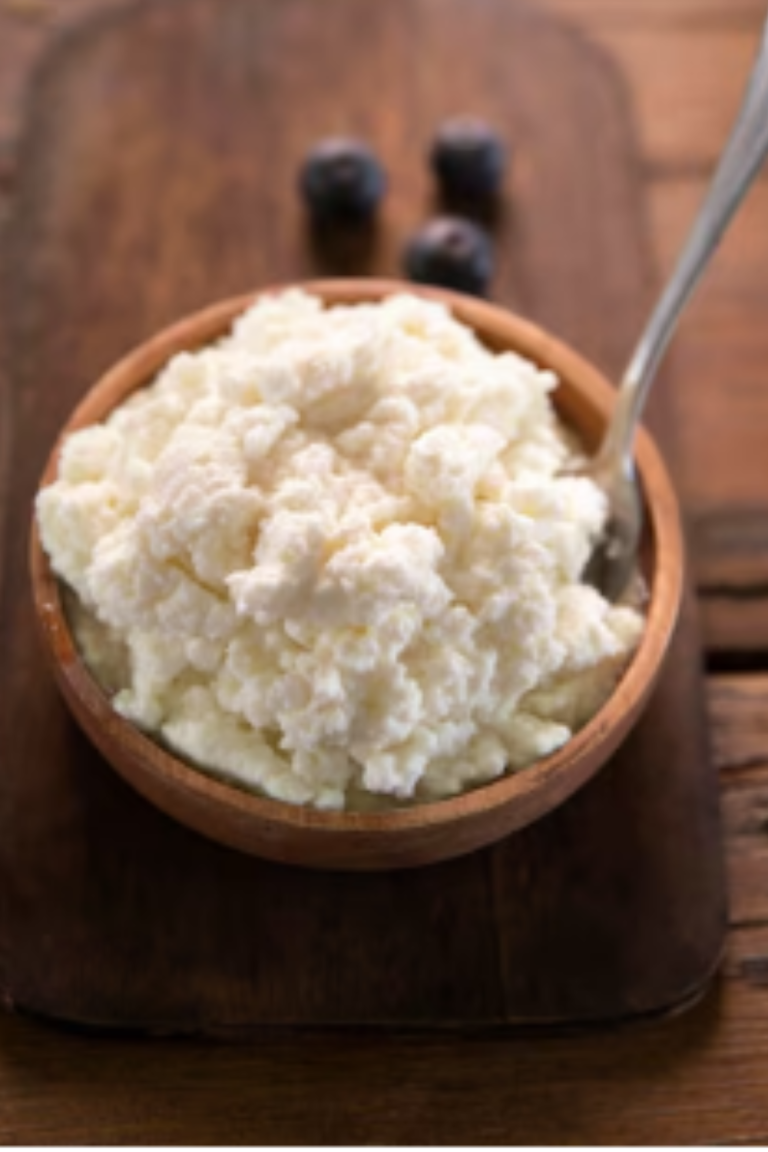ACV: Apple Cider Vinegar role in cakes Explained
Table of Contents
ToggleApple Cider Vinegar (ACV) and Its Role in Cakes
You’ve probably heard of it as a kitchen staple, but its use in baking might surprise you. ACV is made through a fermentation process that transforms apple cider into vinegar. It retains many beneficial compounds from apples, such as vitamins, minerals, and enzymes, which contribute to its health benefits. Check out the right Apple Cider Vinegar, and ingredients that you need here.

ACV in Cakes: A Surprising Addition
When it comes to baking, especially cakes, ACV plays a fascinating role. Despite its acidic nature, which might seem counterintuitive in sweet treats, ACV actually enhances the overall texture and flavor of cakes. Here’s how:
1. Enhancing Leavening Agent
ACV reacts with baking soda, a common leavening agent in cakes, to produce carbon dioxide. This reaction creates bubbles that aerate the batter, resulting in a lighter, fluffier cake texture. The acidity of ACV also helps activate baking soda more effectively than plain water or milk would.
2. Tenderizing Crumb Structure
The acids in ACV tenderize gluten in the flour, leading to a softer crumb in cakes. This is particularly beneficial in recipes with denser flours or whole grain varieties, where achieving a light texture can be challenging. Check out the right Apple Cider Vinegar, and ingredients that you need here.
3. Balancing Flavors
While ACV itself has a distinct tangy taste, it doesn’t overpower the cake’s sweetness. Instead, it balances the flavors by adding a subtle depth that complements the overall richness of the cake, especially in chocolate or spice-flavored recipes.
Practical Tips for Using ACV in Cakes
Now that you understand why ACV is used in cakes, here are some practical tips for incorporating it into your baking adventures:
- Measurement: Use about 1 tablespoon of ACV for every 1 cup of flour in your recipe.
- Mixing: Add ACV to the wet ingredients and mix thoroughly before combining with the dry ingredients to ensure even distribution.
- Substitution: If you prefer not to use ACV, you can substitute it with an equal amount of lemon juice or white vinegar, though the flavor profile may vary slightly.
Apple Cider Vinegar is not just a pantry item for salads and dressings; it’s a secret ingredient that can transform your cakes into moist, fluffy delights. Experiment with it in your favorite recipes to experience its unique baking benefits firsthand. Check out the right Apple Cider Vinegar, and ingredients that you need here.
Drilling Deeper: Comparing ACV with Other Ingredients in Baking
Now that we’ve explored the role of Apple Cider Vinegar (ACV) in cakes, let’s delve deeper by comparing it with other common ingredients used in baking.
ACV vs. Lemon Juice
Both ACV and lemon juice are acidic ingredients commonly used to activate baking soda in recipes. However, they differ slightly in flavor and acidity level. ACV has a milder taste compared to the pronounced citrus flavor of lemon juice. Depending on the recipe, you may choose one over the other to achieve a specific flavor profile.
ACV vs. White Vinegar
White vinegar is another substitute for ACV in baking. It shares similar acidity levels and reacts similarly with baking soda. However, white vinegar lacks the subtle fruity undertones that ACV provides, which can influence the final taste of your baked goods. Check out the right Apple Cider Vinegar, and ingredients that you need here.
ACV vs. Buttermilk
Buttermilk is often used in baking for its acidity and ability to tenderize gluten, similar to ACV. It adds richness and tanginess to recipes like pancakes and cakes. However, ACV offers a non-dairy alternative and can be more convenient if you don’t have buttermilk on hand.
ACV vs. Cream of Tartar
Cream of tartar is a byproduct of wine production and is used primarily as a stabilizing agent in baking. It is often combined with baking soda to create baking powder, which provides leavening in recipes. While ACV and cream of tartar serve different purposes in baking, they both contribute to achieving a desirable texture and rise in baked goods.
Each of these ingredients ACV, lemon juice, white vinegar, buttermilk, and cream of tartar plays a unique role in baking, affecting both flavor and texture in different ways. Experimenting with these substitutes can help you achieve the perfect balance in your baked goods, whether you’re aiming for a light and fluffy cake or a tender, tangy pastry. Check out the right Apple Cider Vinegar, and ingredients that you need here.
comparison tabular
comparison of Apple Cider Vinegar (ACV) with other common baking ingredients into a tabular format for clarity:
| Ingredient | Role in Baking | Acidity Level | Flavor Profile | Best Uses |
|---|---|---|---|---|
| ACV (Apple Cider Vinegar) | Activates baking soda for leavening; tenderizes gluten | Mild to moderate | Fruity, subtle apple notes | Cakes, muffins, quick breads |
| Lemon Juice | Activates baking soda; adds citrus flavor | High | Tangy, citrusy | Lemon cakes, scones, citrus desserts |
| White Vinegar | Activates baking soda; neutral flavor | High | Sharp, clean | Breads, cakes, pickling |
| Buttermilk | Tenderizes gluten; adds tanginess and richness | Moderate to high | Tangy, slightly sour | Pancakes, biscuits, moist cakes |
| Cream of Tartar | Stabilizes egg whites; adds acidity to baking powder | High | Neutral | Meringues, angel food cake, stabilizing whipped cream |
Key Notes and Considerations:
- Role in Baking: Each ingredient serves a specific function such as activating leavening agents (baking soda), tenderizing gluten, or stabilizing egg whites.
- Acidity Level: ACV, lemon juice, and white vinegar have varying acidity levels, influencing how they react with baking soda and affect the final taste of baked goods.
- Flavor Profile: ACV offers subtle fruity undertones, while lemon juice provides a pronounced citrus flavor. White vinegar has a sharp, clean taste, and buttermilk adds a tangy richness. Cream of tartar is neutral in flavor.
- Best Uses: Different ingredients are suited for specific recipes. For instance, ACV is excellent for cakes and muffins, while lemon juice complements lemon-flavored desserts. Buttermilk enhances pancakes and biscuits, and cream of tartar is essential for meringues.
FAQs on Using Apple Cider Vinegar (ACV) in Baking
Here are some frequently asked questions (FAQs) about using Apple Cider Vinegar in baking:
1. Is there a noticeable apple flavor when using ACV in cakes?
While ACV does have a subtle apple flavor, it generally does not overpower the sweetness of cakes. Instead, it adds a mild fruity note that enhances the overall flavor profile.
2. Can I substitute ACV with other types of vinegar in baking?
Yes, you can substitute ACV with an equal amount of white vinegar or lemon juice in most recipes that call for ACV. Keep in mind that this substitution may slightly alter the flavor of your baked goods.
3. How does ACV affect the texture of cakes?
ACV helps to activate baking soda, which produces carbon dioxide gas. This gas creates air bubbles in the batter, resulting in a lighter and fluffier texture in cakes.
4. Will using ACV make my cakes taste sour?
No, when used in appropriate amounts, ACV should not make your cakes taste sour. It balances the sweetness and adds depth to the flavor without overwhelming it with acidity.
5. Can I use ACV in gluten-free baking?
Yes, ACV can be used in gluten-free baking as well. It helps to tenderize the structure of gluten-free flours and enhances the overall texture of baked goods. Check out the right Apple Cider Vinegar, and ingredients that you need here.
Final Words
Apple Cider Vinegar is not just a health tonic or salad dressing ingredient; it’s a versatile addition to your baking pantry. Whether you’re aiming for a light and fluffy cake or adding depth to your favorite recipes, ACV brings both flavor and functional benefits to the table. Experiment with it in your baking adventures and discover how it can elevate your homemade treats to new heights. Happy baking!

Hi!
I’m Mike, the creator of Forum Foodies. In my own personal experience, understanding ingredients is key to great cooking.
Forum Foodies offers guides on various ingredients, from staples to exotic finds. Join our community, share your experiences, and learn from fellow food lovers.
Have questions or suggestions? Email me at info@forumfoodies.com. Let’s embark on this delicious adventure together.
Happy cooking.
Mike/
Related Posts
- AV: Apple Vinegar role in cakes Clarified
In this topic, I'm going to talk about the role of apple vinegar in cakes,…
- AVS: Apple Vinegar Syrup role in cakes Explained
In this topic, I'm going to talk about AVS - Apple Vinegar Syrup in my…
- ACP: Apple Cider Puree role in cakes explained
In this topic, I'm going to talk about the delightful addition that is Apple Cider…
- BV: Beetroot Vinegar role in cakes Explained
In this topic, I'm going to talk about a unique ingredient in baking: BV -…
- APH: Apple Puree role in cakes explained
In this topic, I'm going to talk about the role of apple puree in cakes,…
- CAC: Cherry Apple Crisp role in cakes Clarified
In this topic, I'm going to talk about a delightful dessert ingredient that adds a…
- MFV: Melted Fruit Vinegar role in cakes Explained
In this topic, I'm going to talk about MFV - Melted Fruit Vinegar in my…
- APP: Apple Puree role in cakes Explained
In this topic, I'm going to talk about apple puree and its role in cakes,…
- BVM: Buttermilk Vinegar Mix role in cakes Explained
In this topic, I'm going to talk about Buttermilk Vinegar Mix (BVM) and its role…
- BVH: Buttermilk Vinegar Honey role in cakes Explained
In this topic, I'm going to talk about BVH - Buttermilk Vinegar Honey in my…
- ALS: Apple Liqueur Syrup role in cakes explained
In this topic, I'm going to talk about ALS - Apple Liqueur Syrup, drawing from…
- AFT: Apple Fruit Topping role in cakes Clarified
In this topic, I'm going to talk about AFT - Apple Fruit Topping in my…
- AHS: Apple Honey Syrup role in cakes Explained
Hello there, fellow baking enthusiasts. In this topic, I'm going to talk about AHS -…
- CPJ: Caramelized Pear Juice role in cakes Clarified
In this topic, I'm going to talk about CPJ - Caramelized Pear Juice in my…
- EMC: Eggless Milk Cream role in cakes Clarified
If you love baking but want to avoid using eggs, then you're in for a…


